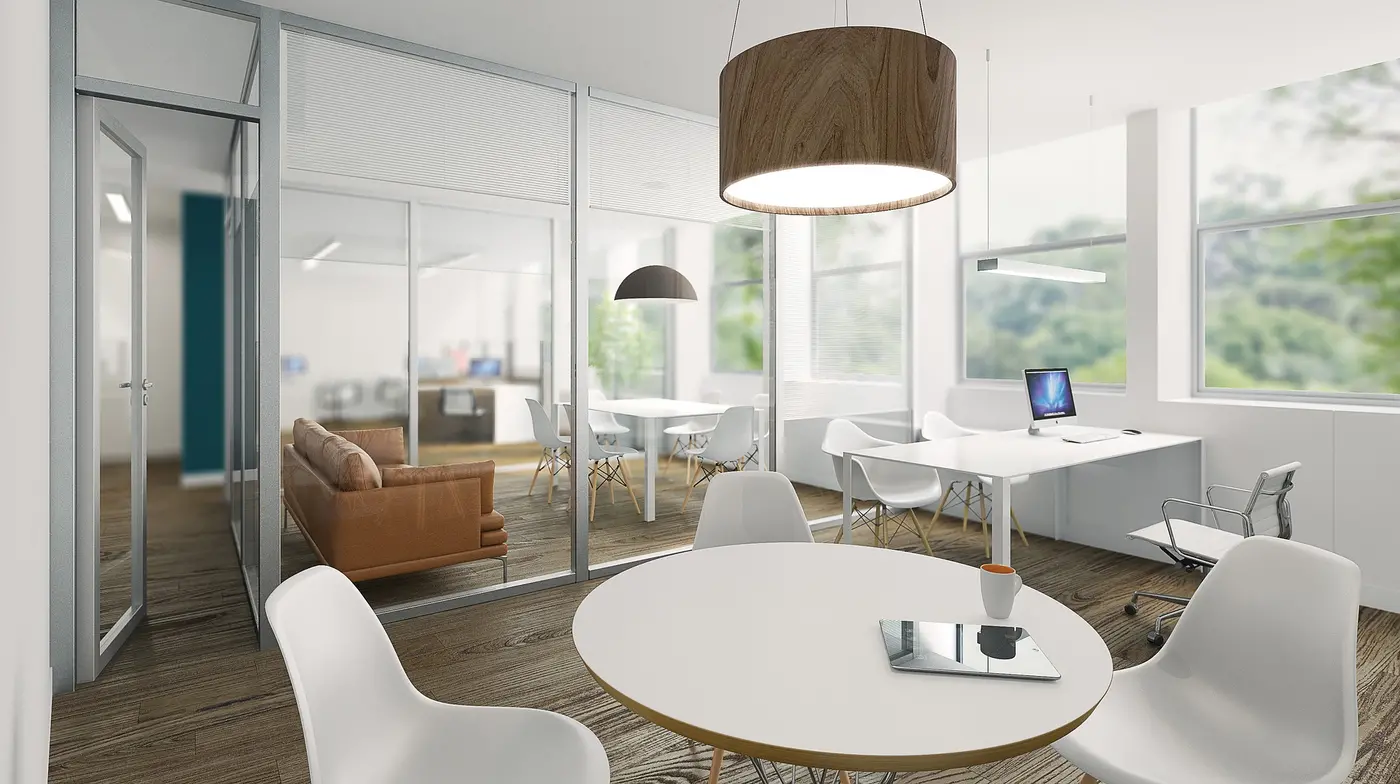
20. 10. 2022
Four basic zones that today's offices cannot be without
Modern corporate offices should reflect the needs of today's employees and new ways of working: not only with their equipment, but also in their layout. Ideally, offices should be divided into four basic zones. The first should provide silence and peace for focused work; the second should enable cooperation between teams; the third should be available for rest, relaxation, and perhaps even entertainment; and the fourth should offer space for daily communication. Do you know how much space to allocate for each zone and why?
A simple, free online tool called Workplace Expert, developed by Colliers for this purpose, provides some insight. Based on answers to simple questions, this tool helps companies clarify priorities and strategy for their future work environments and provides them with a first draft of a new office space solution, including a new layout in zones. This proposal can then be further developed and elaborated in detail through cooperation with experts from Colliers. But let's now summarize the basic and generally valid information about the individual zones:
A quiet zone for focused work
A quiet zone for focused work is a basic, necessary part of every corporate office. Whether their job involves creative tasks or focused work with data, every worker sometimes needs absolute silence to concentrate. According to the study The Cost of Interrupted Work: More Speed and Stress, it takes approximately 22 to 29 minutes before we truly start to focus on work again after being interrupted. According to experts from Colliers, this zone should make up the largest part of the entire office space - up to 35%. Architects and designers usually place it away from busy spots and try to separate it visually and acoustically. Of course, it is necessary to observe the same rules for everyone in this area, i.e. bans on calling or communicating with colleagues.
Background for meetings and teamwork
Up to 30% of total office space should be dedicated to team consultations, workshops, or other meetings. During the pandemic, it became clear that not all work tasks can be solved online and that physical contact with colleagues or partners is necessary. Today’s modern offices emphasize use of facilities for meetings, collaboration, and creativity, which is also one of the reasons why people now would like to return to the office. Of course, the related equipment is also an important part of such spaces. In addition to previously used flipcharts and whiteboards, digital technologies and large screens for online meetings and video conferences are the primary must haves these days.
Space for fun and relaxation
Working in an office can be demanding both physically (from sitting all day) and mentally. That is why it is important to create a space where employees can relax at least for a while and replenish their energy. For example, this could be space where they grab a coffee or a snack; or have an informal meeting with colleagues. Such rest zones should account for up to one-fifth of the entire office. Plus, they should be sound-proofed so that conversations do not disturb people working nearby. At the same time, the relaxation area should also offer some comfort and convenience; for example, with furnishings like sofas, armchairs, or even hammocks. Not all creative ideas occur at a classic desk. In general, this space should have a rather informal, relaxed atmosphere: supported both by correctly chosen colors as well as a library or an entertainment element like a foosball table. It should be a space where employees can unwind for a while. Relaxation zones are often an attraction for new applicants: many companies offer private gyms, game zones, massage chairs, or even sleeping boxes.
A zone for undisturbed creative, daily communication
The last zone, dedicated to communication, should make up approximately 15 % of the total office space. Whether it is for solving work matters with colleagues or handling a private call, it is advisable to have these areas available for employee use. This can include meeting rooms of various sizes, or also brainstorming zones, soundproofed telephone boxes, or solitary acoustic seats. In short, this is a space where workers have complete privacy and are not disturbed by anyone or anything. At the same time, this space is not the same as the classic meeting rooms mentioned above. Those are intended more for active collaboration among larger groups of people.
